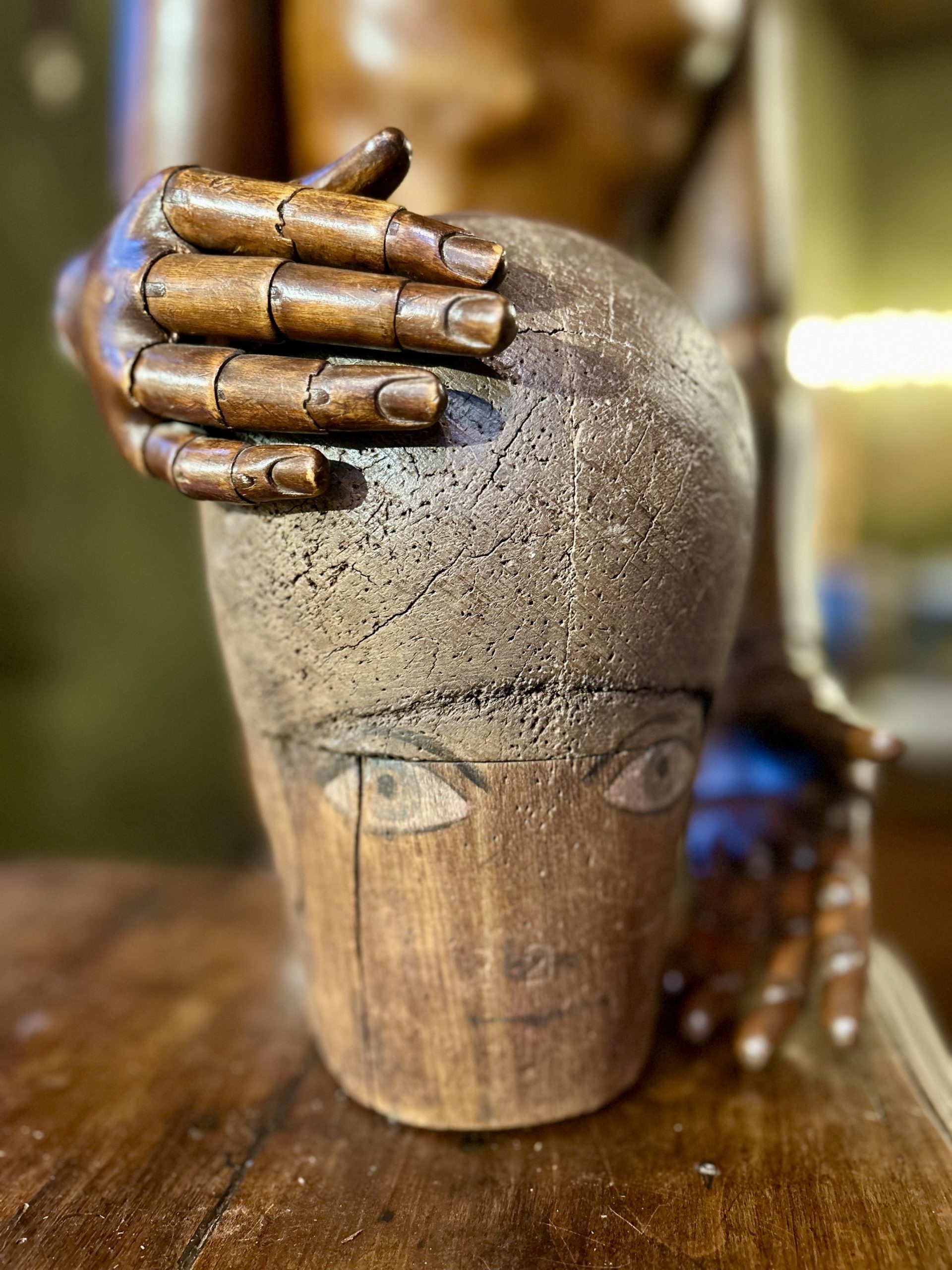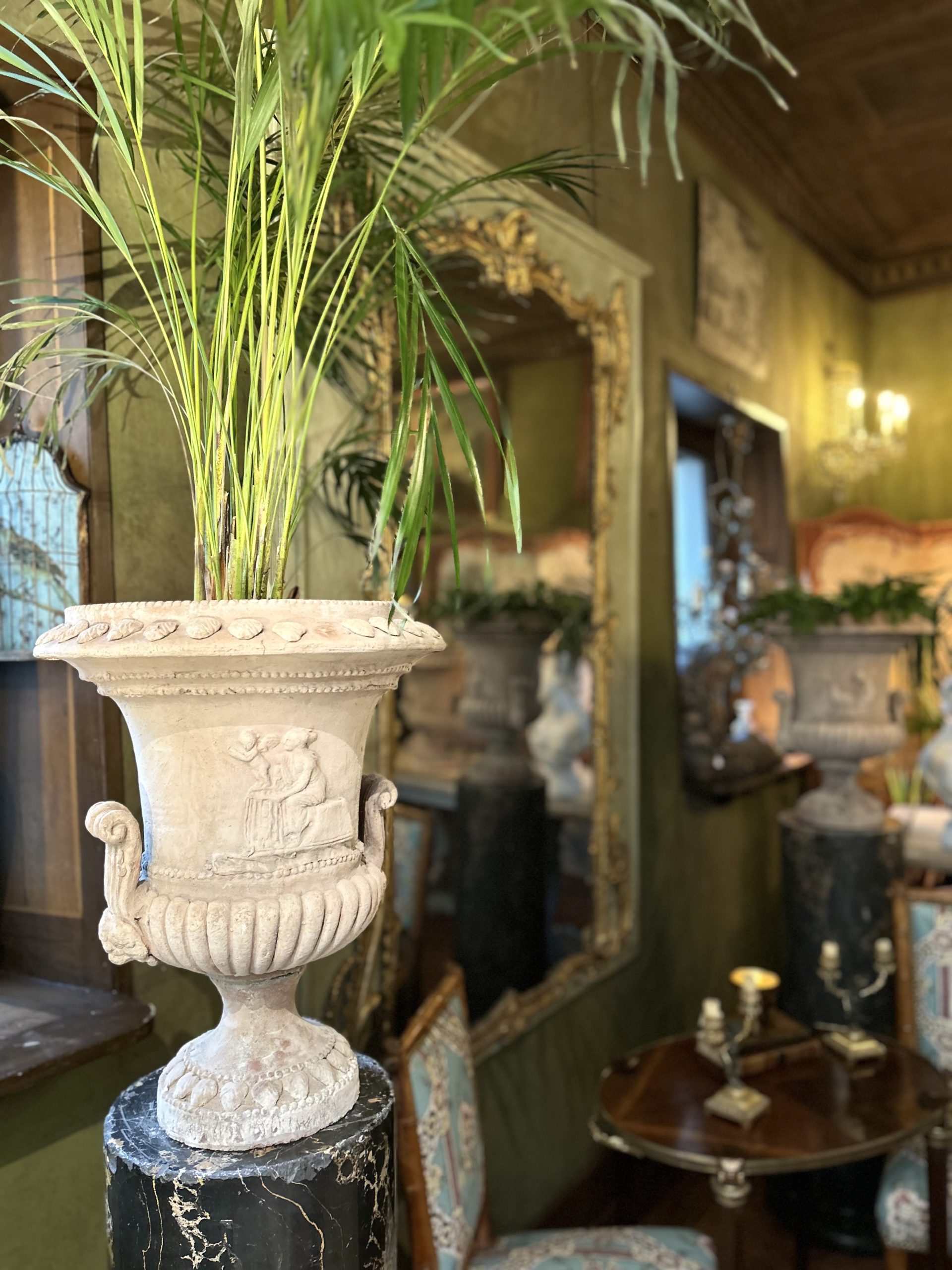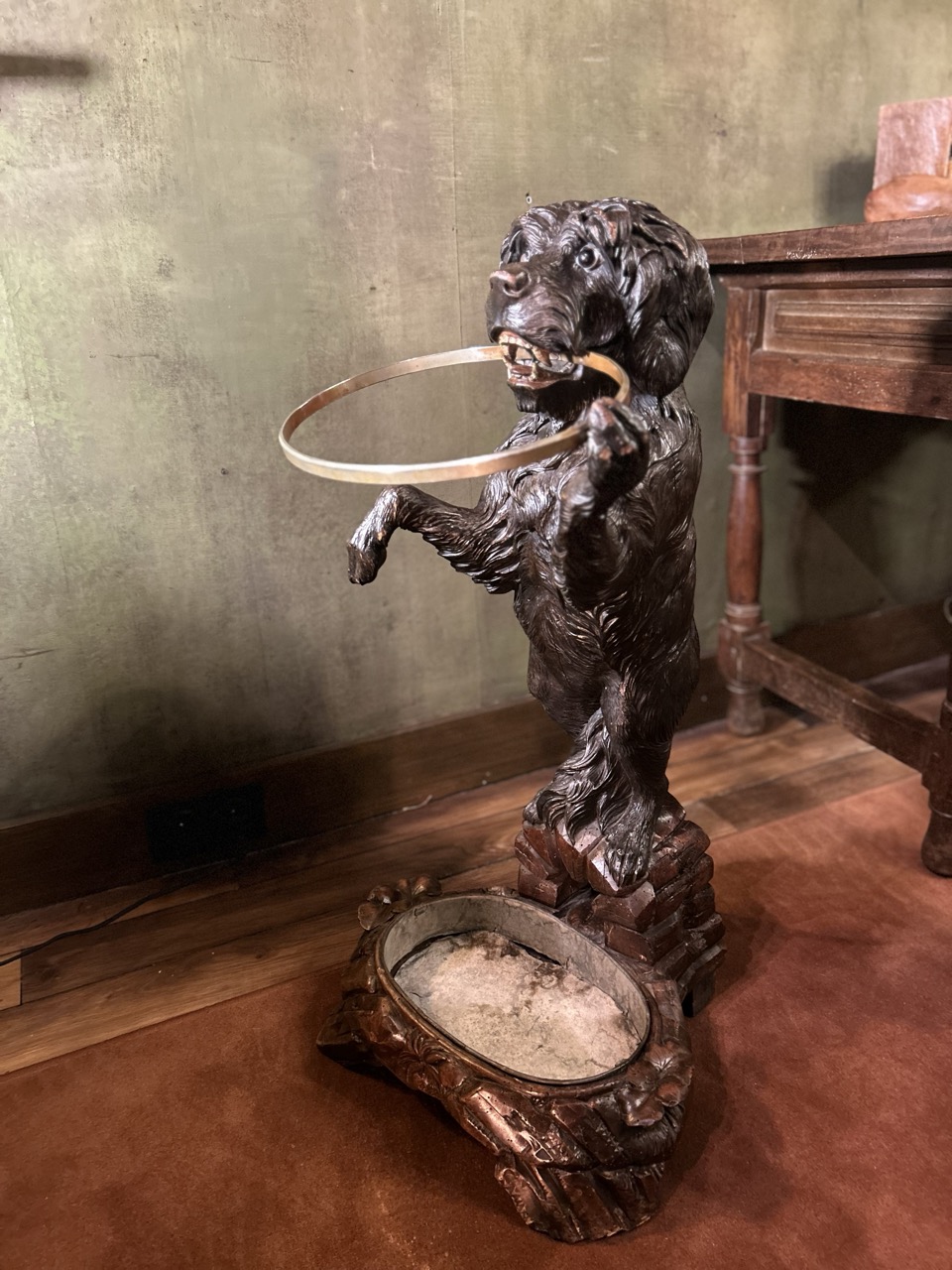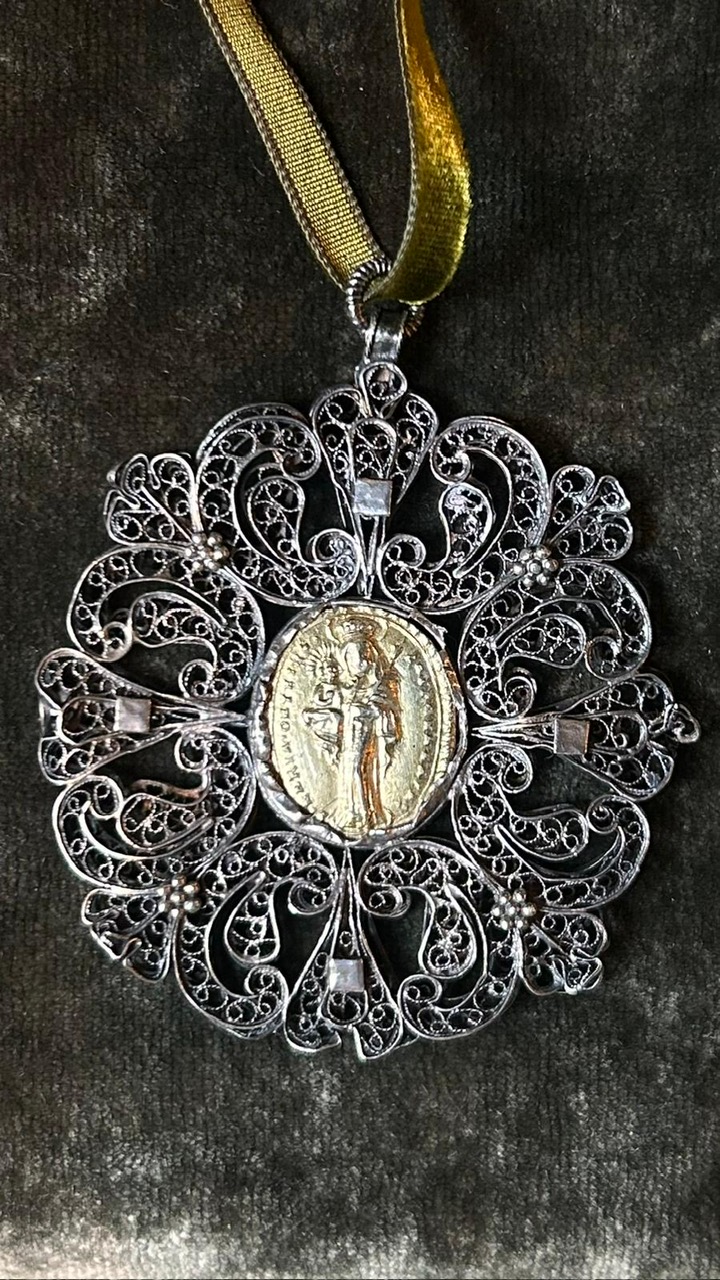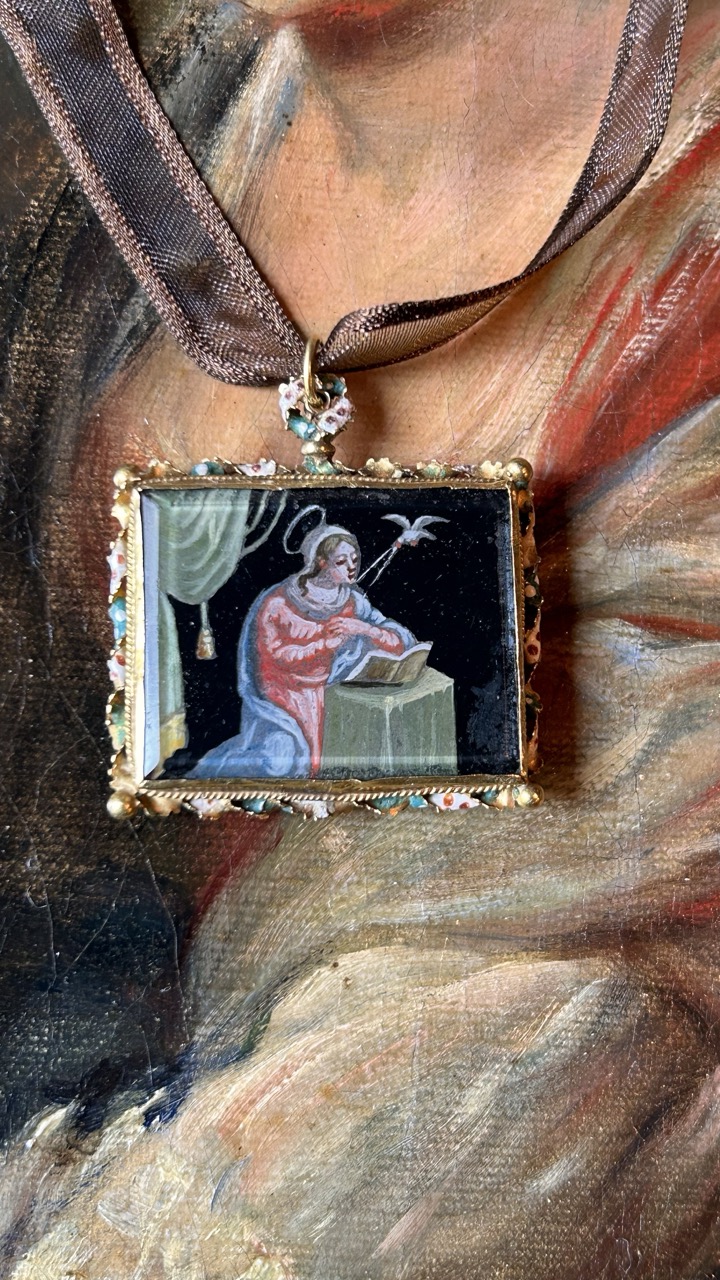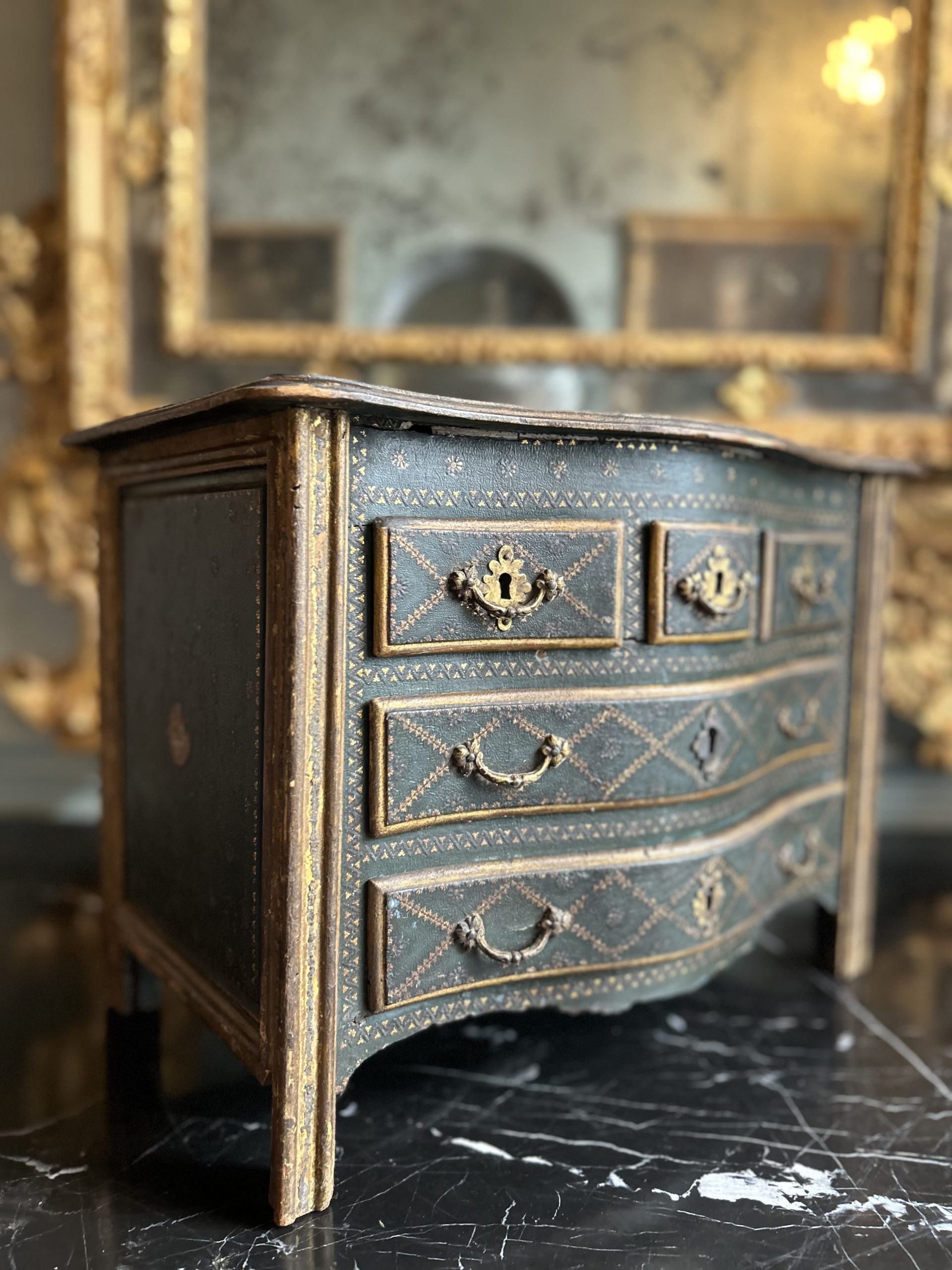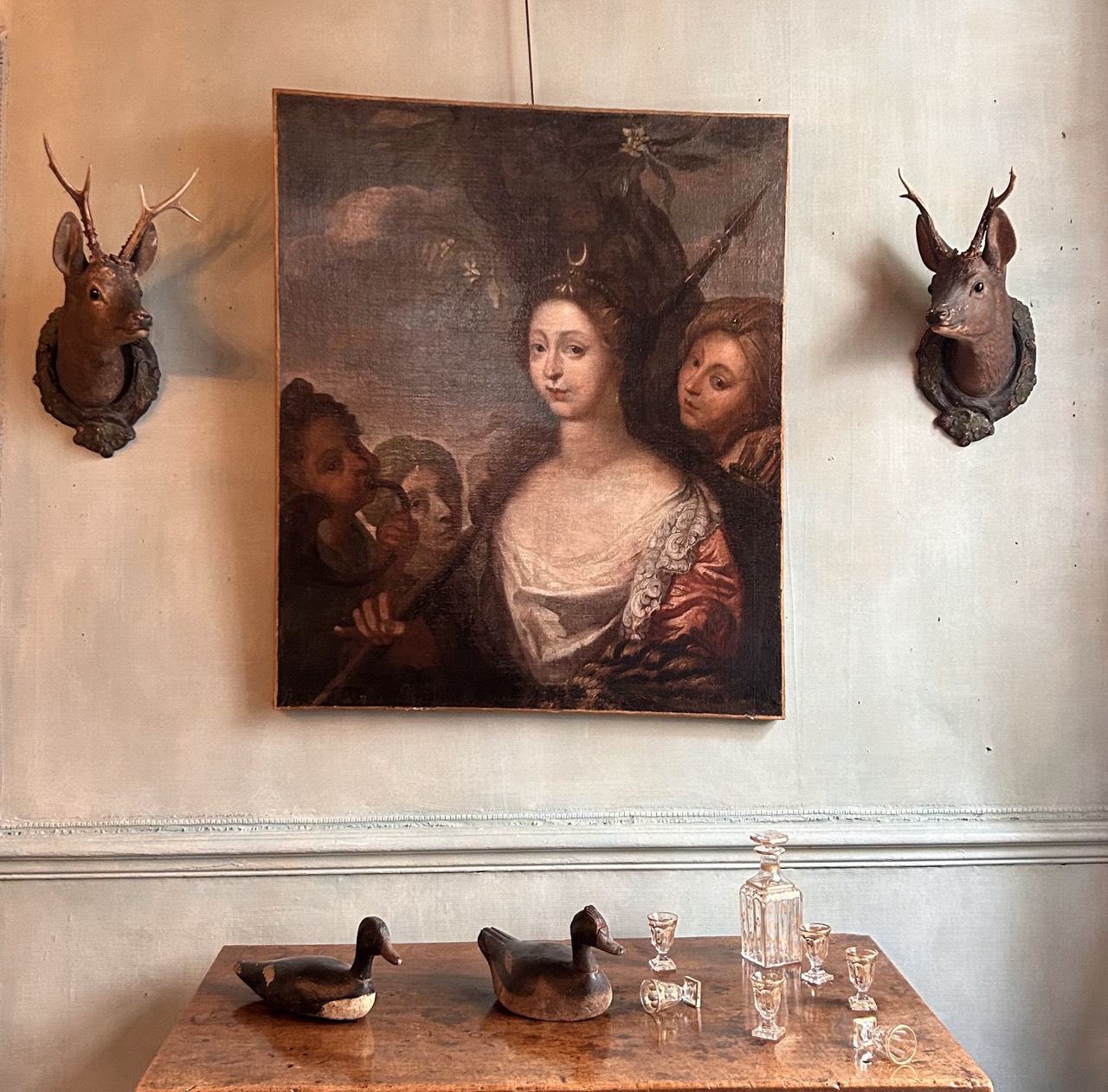Pair of vases in slip, motifs of flowers and dragonflies.
Bernard Palissy, emblematic figure of his time, can be considered as the father of ceramics with its mussels on alive and its rustic figulines. Dead with his Secrets, he still maintains the myth today. The development of earthenware in France is not mystical, since it is the majolica that is at the origin. It was an engine of economic and commercial development in the 15th and early 16th centuries.
Later, and especially towards the end of the 16th century, it became a luxury production intended for a wealthy and bourgeois clientele, especially with the development of tin earthenware. It was not until the end of the 19th century that «followers of Palissy» successfully tried the Art of the rustic figulines, reproducing in the footsteps of the Master, aquatic dishes, leaves with fish, frogs and other eels. Their names are Renoleau, Barbizet, … they call themselves the School of Tours, Paris or Angoulême.
Will they be able to find the lost secrets of the Master? No one knows.
At the end of the 19th century, large earthenware factories such as the Massier family flourished in the east of France, offering the wealthy owners on the other hand an important production of earthenware known as slip, since it was made from slip: a liquid and light paste that allowed to make real realistic sculptures with shimmering colors. Of course they were not the only ones to brighten up the richness of their colors the terraces or the winter gardens of their rich customers: let us quote Choisy-le-Roi, Sarreguemines or Toul to evoke only the best known.
France
Circa 1900
Height: 45 cm






